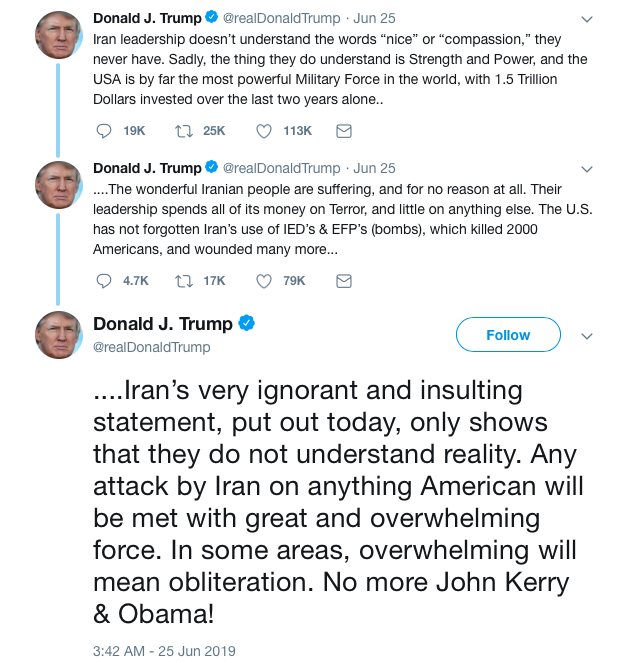US President Donald Trump claimed on Thursday that the USS Boxer had fired on an Iranian drone on Thursday, shooting it down in the Strait of Hormuz.
“The Boxer took defensive action against an Iranian drone, which had closed into a near distance, approximately 1000 yards, ignoring multiple calls to stand down threatening safety of ship and ship’s crew,” he said at the White House.
The US president claimed that Iran’s drone “was immediately destroyed.”
Minutes later the Pentagon also issued a statement to confirm the report, but did not claim that the drone was Iranian.
The Pentagon claimed the Iranian drone was within a “threatening range” of the US ship.
“At approximately 10 am local time, the amphibious ship USS Boxer was in international waters conducting a planned inbound transit of the Strait of Hormuz,” chief Pentagon spokesman Jonathan Hoffman said in a statement.
“A fixed wing unmanned aerial system (UAS) approached Boxer and closed within a threatening range. The ship took defensive action against the UAS to ensure the safety of the ship and its crew.”
The top military brass in Tehran rushed to deny the claim. Spokesman for the Iranian Armed Forces Brigadier General Abolfazl Shekarchi said on Friday that Trump’s statement was absurd and baseless, stressing that the false claim about downing an Iranian Unmanned Aerial System (UAS) was intended to increase tensions in international waterways and disrupting security in the Strait of Hormuz.
“Unlike Trump’s delusional and groundless claim, all drones belonging to the Islamic Republic of Iran in the Persian Gulf and the Strait of Hormuz, including the one mentioned by the US president, have returned to their bases safe and sound after carrying out their scheduled surveillance and control operations,” the Armed Forces mouthpiece added.
“The Armed Forces of the Islamic Republic of Iran always feel duty-bound to protect, control, and safeguard the security of the Persian Gulf and the Strait of Hormuz with full vigilance while observing international regulations,” he added.
Hours later on Friday, the IRGC described the US president’s claim as “ridiculous”, and declared that it would release the footage collected by its drone from the US warship to prove the falsity of Washington’s claims.

“We will soon release the footage recorded by the IRGC Aerospace Force drone from the USS Boxer to expose Americans’ baseless claims to the public opinion of the world,” the public relations department of the IRGC announced today.
“The footage will show that the drone of the IRGC’s Aerospace Force was conducting its routine mission in the region before the arrival of the American vessel at the Strait of Hormuz,” read the communique, adding that the drone has sent footage of its “monitoring and surveilling the aforementioned ship both before and after the time that Americans claim”.
The statement added that after recording the footage from the US warship, the drone returned to its base intact.
“The marine and aerospace units of the IRGC vigilantly and continuously monitor the moves by the foreigners, particularly the terrorist forces of the US and the UK in the strategic region, based on their legal duties and for establishing security in the Strait of Hormuz and the Persian Gulf,” it added.
The IRGC reassured that with its complete intelligence dominance and preparedness, it will deliver a proportionate response to any act of aggression and violation of the international law.
The footage released by the IRGC has been recorded by the drone during a surveillance mission over the Strait of Hormuz over the USS Boxer.
IRGC Navy drones routinely fly over the strategic waterway of the Strait of Hormuz to ensure its security for free international maritime transportation.
The footage shows the trafficking of vessels through the Strait of Hurmuz before the arrival of the American warship and continues to cover the area after the US vessel moves forward and then keeps surveilling the USS Boxer.
The IRGC issued a statement after releasing the video on Friday evening, saying that the drone has been watching the USS Boxer and five other US warships accompanying it for three hours, from the time when they had not made an entry into the Strait of Hormuz to the time when exited the waterway.
“During this period, out drone bases have not observed and recorded any unconventional and threatening action by the US terrorist forces on the stated warship,” the IRGC statement reiterated.
“Hence, it is more evident and proved now that the claim raised by the US officials about the shooting down of an Iranian drone in the Strait of Hormuz without any (supportive) evidence has been baseless and a lie,” it added.
The footage indicates that it has been recorded by the Iran-made drone, Mohajer-4, an unmanned aircraft designed and manufactured for surveillance and reconnaissance missions, with the maximum speed of 200km/phr and flight durability of 7 hours.
The claim by the US president has been refuted by a range of Iranian officials since it was first raised by Donald Trump at a White House event on Thursday. Iranian Deputy Foreign Minister Seyed Abbas Araqchi said in a tweet, “We have not lost any drone in the Strait of Hormuz nor anywhere else.”
“I am worried that USS Boxer has shot down their own UAS by mistake!”, he said in sarcastic words.
The incident came almost a month after the IRGC shot down an intruding American spy drone in the country’s southern coastal province of Hormuzgan.
On Tuesday, Commander of the Islamic Revolution Guards Corps Aerospace Force Brigadier General Amir Ali Hajizadeh said the shooting down of a US spy drone over Iranian territorial waters by the IRGC shattered the US military awe.
“The operation to shoot down the US drone in Iran’s sky was successful in every aspect. The operation shattered the awe of the world arrogant power (US) and displayed the rotten and cracked skeleton of the arrogant powers to everyone,” General Hajizadeh said in the Northeastern city of Mashhad on Tuesday.
He added that the different dimensions of the operation will come in light throughout time.
In relevant remarks on Monday, Iranian Defense Minister Brigadier General Amir Hatami underlined Armed Forces’ full preparedness to give a strong response to enemies, saying that downing of a US spy drone over Iran’s territories proved the country’s high capability to defend itself.
“Downing of the US advanced and expensive Global Hawk spy drone by Iran’s integrated air defense surprised foreign experts about the Islamic Republic of Iran’s military capability in defending the country’s borders and confronting the aggressors,” General Hatami said, addressing the Iranian parliamentarians in Tehran.
He underlined that all stages which led to the destruction of the spy drone, including detection, interception and destruction, were completed by using indigenized technology and military equipment, and said, “The Iranian Armed Forces are fully prepared to give a crushing response to any threat and stupidity by enemies and will make them regret their deeds.”
General Hatami stressed that the Iranian Armed Forces would powerfully continue enhancement of their defense power.
Also, last week, Chief of Staff of the Iranian Armed Forces Major General Mohammad Hossein Baqeri warned of his country’s strong and painful response to any enemy offensive.
“Undoubtedly, a hard and crushing response will be waiting for those who intend to harm Iran and its borders’ security,” General Baqeri said during a visit to the country’s Northeastern bordering areas on Wednesday.
He added that the Iranian people, including the Shiites and the Sunnis, along with the country’s Armed Forces would foil any enemy plots against Iran’s sustainable security.
His remarks came after the IRGC Aerospace Force shot down an American spy drone over the territorial waters of Iran near the Strait of Hormuz at dawn on June 20.
Also, US President Donald Trump said the US air force was “cocked and loaded” to attack three Iranian targets a day later, but he called off the strike with 10 minutes to spare after being told that the airstrike might kill as many as 150 people.
Trump said in a series of tweets that he decided that the death toll was not a proportionate response to the Iranian shooting down of a US spy drone off the Iranian coast.
After Trump’s remarks, General Hajizadeh said that his forces could have shot down a US P8 aircraft with 35 on board which was violating Iran’s airspace, but decided to shoot down the drone to only send a message to Washington.
“We intended to send a message to American terrorists in the region,” Brigadier General Hajizadeh said, adding that his forces had also traced a military P8 aircraft violating the airspace of Iran.
“Along with the American drone was an American P8 aircraft with 35 on board, and it was also violating our airspace and we could have downed it too,” he said, adding, “But we did not do (shoot down) it, because our aim was to warn the terrorist forces of the US.”
General Hajizadeh also stressed that Iran was not after war but was fully ready to defend itself, adding that the fate of the downed US spy drone was waiting for any intruding flying object.
“Our response to anything trespassing Iranian territory is like this, and if such acts of aggression are repeated, our response will also be the same,” General Hajizadeh said.
“We don’t embrace war but we are ready to fully defend the country,” he said.
“We possess a collection of US drones which is a proof that US has violated Iran’s airspace and shows that they don’t want to respect the international law,” General Hajizadeh said.
“If such an aggression is repeated, we will add other US (military) products to complete this collection,” he noted.
“The US measure was in violation of international law and we acted according to our legitimate responsibility,” General Hajizadeh said, adding, “It is possible that a US general or some operators were behind this American aggression, we don’t know that. But that measure (intruding into Iranian airspace) is a violation of international aviation rules by a spy drone which then received our natural response.”
Also, Iranian Foreign Minister Mohammad Javad Zarif said that his country had retrieved parts of the spy drone that was shot down from the country’s territorial waters, rejecting Washington’s claim that the aircraft was targeted in international waters.
“(The) US drone took off from UAE in stealth mode and violated Iranian airspace,” Zarif wrote on Twitter, adding that the drone “was targeted near… Kouh-e Mobarak” region in the Central district of Jask in Hormuzgan province after the aircraft violated Iran’s airspace.
Zarif even provided the coordinates where the US aircraft was intercepted, and added, “We’ve retrieved sections of the US military drone in OUR territorial waters where it was shot down.”
In an earlier tweet, Zarif stated that Iran “will take this US new aggression to (the) UN and show that the US is lying about international waters”.
The Iranian foreign minister noted that Tehran does not want war, “but will zealously defend our skies, land and waters”.
Meantime, IRGC Commander Major General Hossein Salami stressed that the move should alert Washington officials to stay away.
The incident sent “a clear message” to the US and other enemies that Iran will show a firm and crushing response to any aggression, Salami stated.
“Borders are our red lines and any enemy which violates them will not go back home and will be annihilated. The only way for enemies is to respect Iran’s territorial integrity and national interests,” the major general noted.
Also, earlier this month, General Salami said Iran’s military power and might had taken the military option off the table for the US, stating that the US was fearful of war against Iran.
“We have completely blocked the road to the enemies in the military field and we have reversed the balance. Under the current situation, it is the enemies who are concerned about war and this concern is displayed in their physical and tactical behavior,” General Salami said, addressing the commanders and personnel of Khatam al-Anbia base in Tehran.
He said the US exercised a similar offensive strategy in the political field first, but “eventually, they announced that they didn’t intend to go for a confrontation and called it a quit; in fact, this was a retreat to give them a chance to save themselves from a bottleneck they had created themselves.”
“Today, our global power is very well known and credited, and it includes an extraordinary deterrence capacity; we have managed to shatter the United States’ awe in the world public opinion” on the scene of action, General Salami said.
Related News





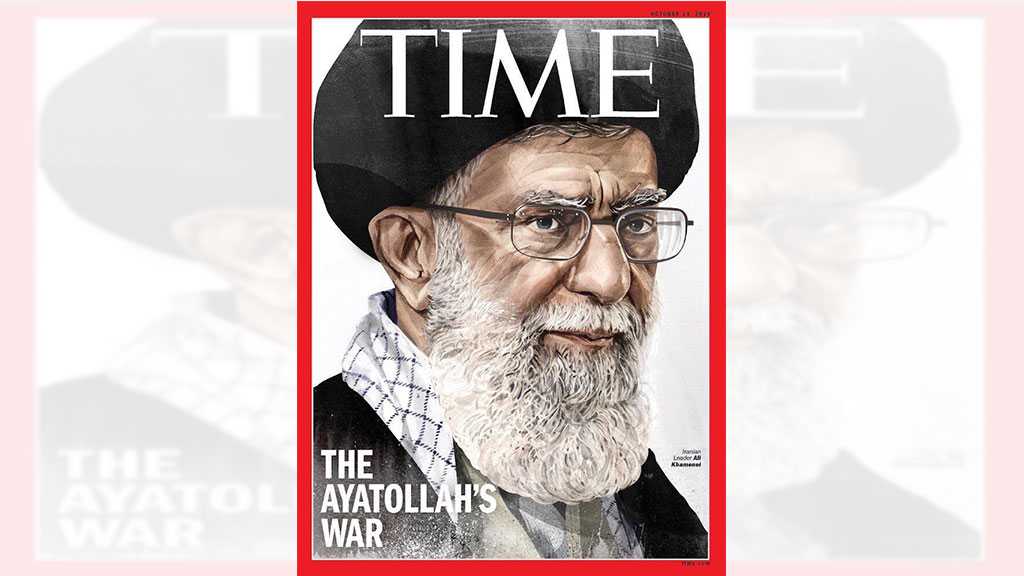



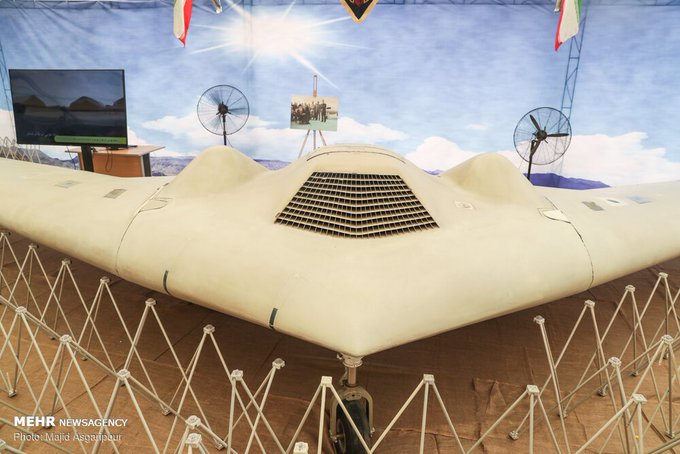
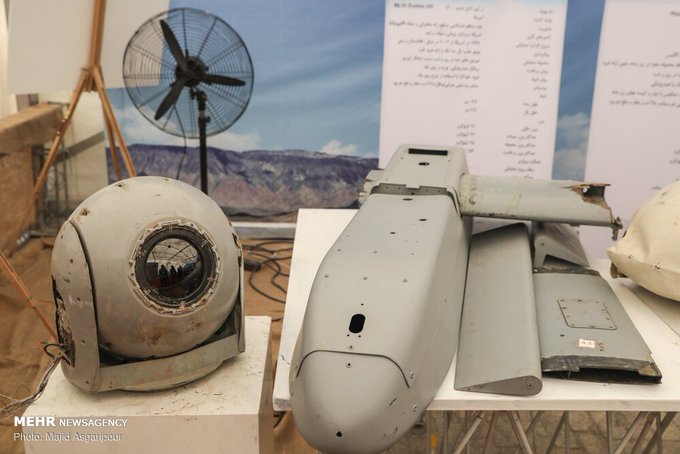
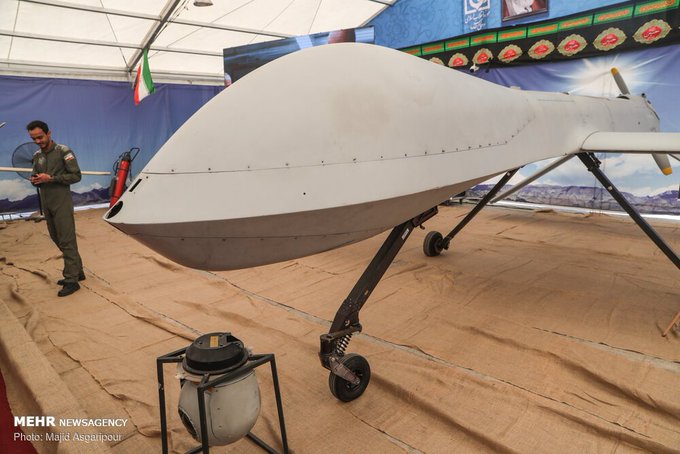
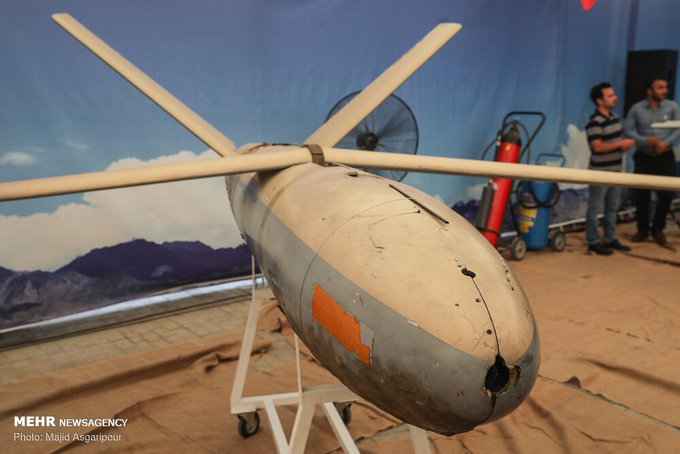






:max_bytes(150000):strip_icc()/200199910-001-58b9cf5c5f9b58af5ca83533.jpg?zoom=1.7249999046325684&resize=559%2C369&ssl=1)









